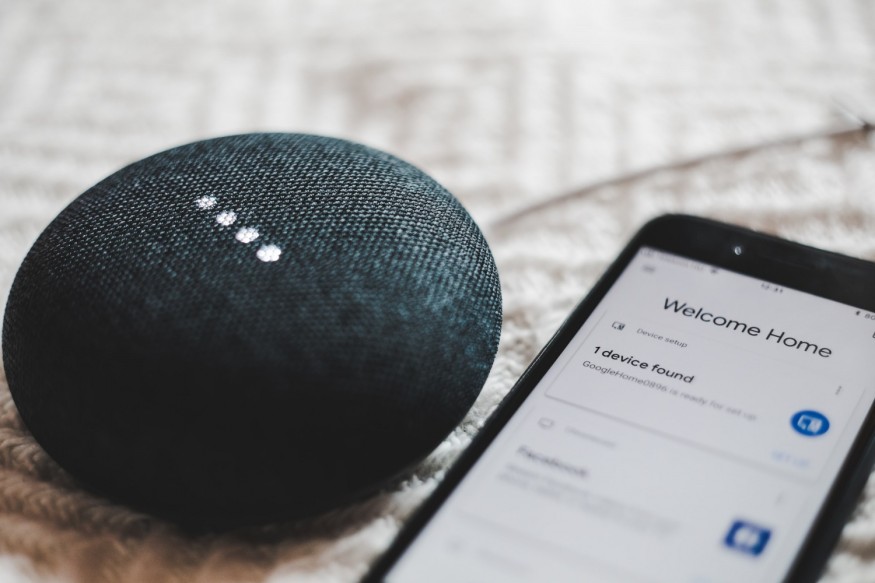
Are you ready to upgrade the technology in your life? If so, it's important to find economical ways to make improvements that can potentially cut energy costs, help monitor health conditions, improve security, and save money on car repairs. Besides using a personal loan to pay for it all, consider starting with simple projects like smart lighting, floor cleaning robots, personal medical devices, and car diagnostic units. Here are more details to help you jumpstart the process.
Smart Lighting Systems
One of the least costly home improvement projects is the installation of a smart lighting system. Most retail versions of the product come with a central unit that interfaces with a computer or phone. From the control panel, users can set timers for every lighting device in the home, operate individual lights remotely, track electricity consumption, and set any room's bulbs to shut off when no motion is detected in the area for a given amount of time. Depending on the size of your home, smart lighting can reduce energy consumption by up to 10%.
Pay with a Personal Loan
Personal loans are a smart, efficient way to cover the combined costs of several DIY or professionally installed technology projects for your home, car, or office. One of the primary advantages of a personal loan is that consumers can shop around for the most advantageous rates and terms based on their credit scores. Plus, many products, like lighting systems, home security components, and entertainment units, come with lower prices if you bundle them and pay for everything at once. In fact, bundling and paying in advance are two powerful ways to score major savings on all sorts of tech-based products and services. Leveraging the power of a personal loan gives you the option of dealing with all the upgrade costs in one fell swoop.
Programmable Floor Cleaning Robots
The household cleaning niche is on fire. Dozens of corporations have recently introduced robot-inspired products that lead the way in the labor-saving niche. By far, the most popular ones of the bunch are small, circular robots that clean hard and carpeted floors with minimal human oversight. Shop for higher-end units that come with built-in eyes that guide the mini vacuums around chair legs and other objects. Once you use a robotic cleaner, it's hard to go back to the old-fashioned method.
Personal Medical Equipment
There's no need to shell out hundreds of dollars to acquire the latest medical and health-related products and apps. Items like blood pressure and heart rate monitors are inexpensive but powerful tools for adults who like to keep tabs on their vital signs. There is also an entire family of wearable fitness devices that consumers can use while exercising. The straps, wristbands, and bracelets monitor a host of physiological data, including calories burned, distance, percent of maximum heart rate, oxygen uptake, and more. In the $100-$200 range, those who are concerned about ear health can acquire high-resolution otoscopes. The tiny cameras are inserted partway into the ear canal and display color images on a smartphone, laptop screen, or stand-alone monitor. Using visual images, people can remove built-up wax from their ears safely and easily with small water jets. For those willing to spend a bit more, retailers in the medical device niche offer brainwave monitors, EKG machines, glucose trackers, and several other items that were once only found in doctors' offices and clinics.
Car Diagnostic Devices
The newest versions of car engine diagnostic devices are the unsung heroes of the consumer DIY revolution. A decade ago, vehicle owners had to pay certified mechanics hundreds of dollars just to perform an annual checkup on engines. The tools and equipment were massive pieces of hardware that cost thousands. Only repair shops could afford the units. Fast forward to 2023, and the situation is completely different and better. Owners who are armed with the new devices can find out what's wrong with their cars before visiting a repair shop.
Retail engine diagnostic units cost less than $100 and can perform nearly all task those old mechanic ship war horses were capable of doing. Today's offerings use Bluetooth technology to connect personal vehicles to smartphones or laptops, and they can instantly evaluate the overall health of any vehicle's engine dynamics. Running the apps is a simple affair. Users see fault codes that explain what's wrong, and some devices display national cost averages for standard repairs alongside each code.
© 2025 ScienceTimes.com All rights reserved. Do not reproduce without permission. The window to the world of Science Times.












